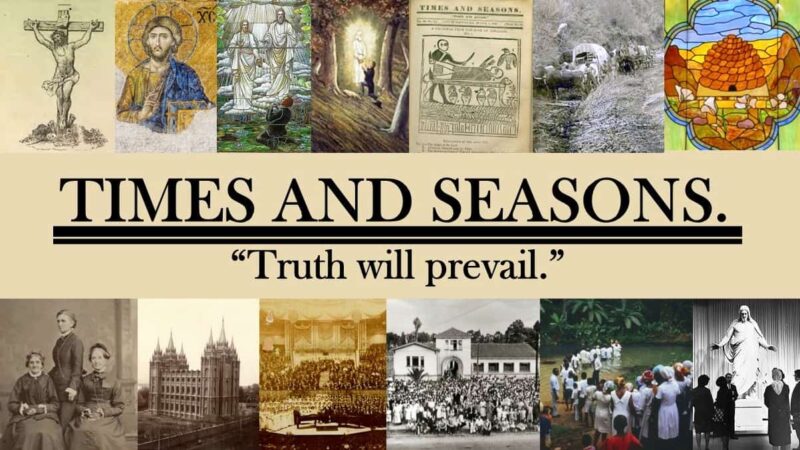Category: Cornucopia
-
Exploring Mormon Thought: Ethics
Ostler opens chapter 3 of The Problems of Theism and the Love of God by referring to several different individuals’ claim that the ontological commitments of Mormon theology foreclose the possibility of its embracing a defensible moral theory. Ostler then takes as his task in this chapter not only to identify what he takes to…
-
Mormons and the American Project: Bootstrapping Mormon Studies, Part III
Fulfilling the promise of the gospel requires embodying it in concrete and active living, in a particular time and place. Since living the gospel is a social matter, this means embodying it in institutions, with design, policies, and practices that reflect and serve gospel ideals. There are particular challenges to doing this in the conditions…
-
Establishing a Christian Nation? Tony Perkins and Military Bibles
An email I received the other day illustrates some of the most pressing questions facing our nation. How can government support individuals and voluntary associations in maintaining the strong moral underpinnings needed for a healthy society, without taking sides in a way that may ultimately be destructive? Simultaneously, how can we keep conflicts over the…
-

“For whose coming I am seeking”: Quote-unquote Roger Williams
In Ensign articles and in General Conference addresses, it is not unusual to find appeals to people before 1830 who thought that Christianity had slipped into general apostasy. One of the most prominent of these is Roger Williams (1603-1683), to whom the following statement is attributed.
-
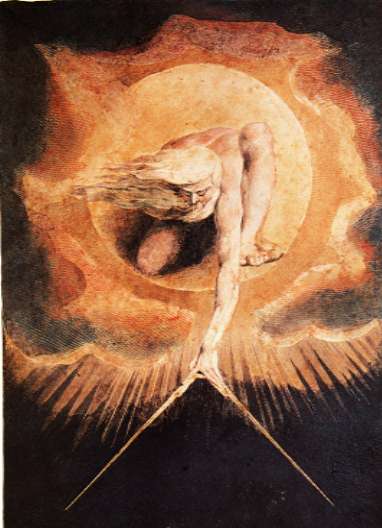
Exploring Mormon Thought: Prayer
In his deservedly famous essay “Self Reliance,” Emerson suggests that just as our “creeds are a disease of the intellect” so our “prayers are a disease of the will.”
-
Bootstrapping Mormon Studies, Part II: Unfolding the Expansive Message
The gospel is a recipe for world peace. The basis for a just, harmonious, and prosperous society is implicit in the gospel as we discuss and practice it today. It is implicit, but it is a long way from becoming explicit. I made this claim in Part I of this series. In this post I…
-
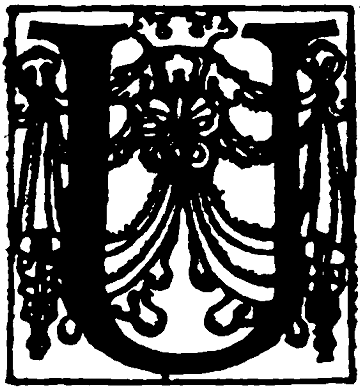
Mormon U
Let’s say you’re attending a hypothetical graduate program in Mormon Studies at a hypothetical Mormon U. What kind of classes do you want to take? History? Theology? Literature? Sociology? Etc?
-

The Lord is My Goatherder, I Don’t Want Him: Why Translations Differ (Part 5)
The Lord is my Goatherder, I don’t want him; he hauls me up the mountain; he drags me down to the beach. Surely we all recognize the 23rd Psalm there, from the infamous first translation into Tlingit. Sounds a bit off, doesn’t it?
-
Potential BSA Policy Change
In a Newsroom piece on issues related to homosexuality, Elder Oaks quotes President Hinckley as saying:
-
Who authored the eight-witness statement?
The eight-witness statement appears to be a prosaic legal affidavit, yet one that has borrowed much of its phraseology from the three-witness statement. There are at most only two instances of phrases that could be said to have been taken from the Book of Mormon text proper: “of curious workmanship” and “we lie not”.
-
Is Creationism Satanic?
Steven Peck, in his moving and mischievous little poem “My Turn on Earth,” more than idly suggests that Creationism is Satanic. Only evolution, in all its messy contingency, is compatible with the gospel and the truth of agency. I laughed out loud and clapped my hands when I read it.
-

Who authored the three-witness statement?
I have always assumed that the three-witness statement was a part of the text of the Book of Mormon, that its language was the same as the English language found in the Book of Mormon proper. The eight-witness statement, on the other hand, has been a little more problematic since it has three instances of the…
-

Book Signing – June 9, 2012
From 12:30-2:30pm on Saturday, June 9, Joseph Spencer and I will be signing copies of our books An Other Testament, Reading Nephi Reading Isaiah, An Experiment on the Word, and Rube Goldberg Machines:Essays in Mormon Theology at Pioneer Book in Orem, Utah.
-

Seeing Stars IV
read Part I; Part II; Part III IV. Stairway to Heaven We are entwined in bed when the phone rings. We let the machine answer, annoyed by the interruption but determined not to lose focus. Seconds later the phone rings again. Reed mutters something, and I silently curse whoever is lame enough to call repeatedly at 10:30…
-
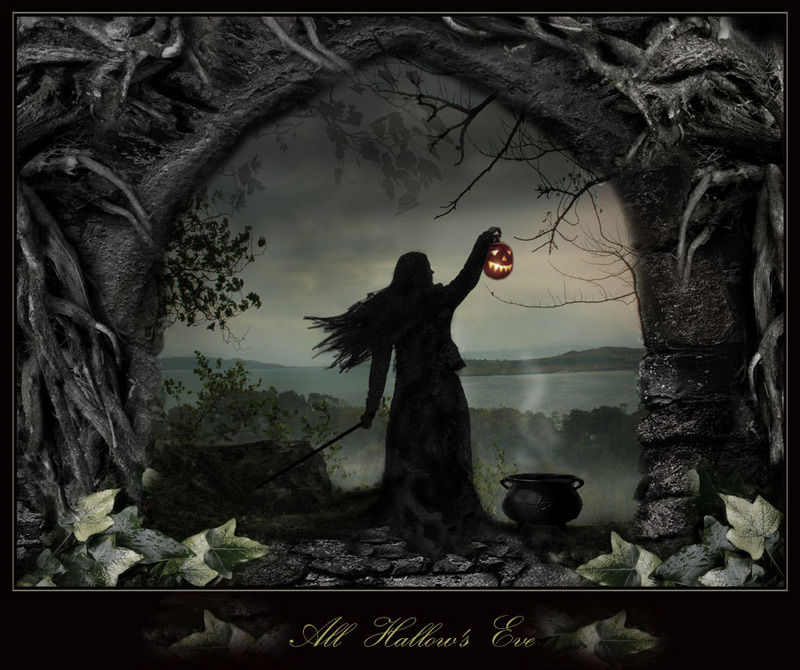
Seeing Stars III
read Part I; Part II III. Day of the Dead When I come inside from lighting the jack-o-lanterns, the boys are waiting for me. “When are we going to go?” Sam asks from behind the white sheet of his ghost costume. “Yeah, let’s go,” says pirate Matt, swinging his pumpkin-shaped candy bag. He is eight and…
-

Seeing Stars II
read Part I II. Blue Boy The kids and I are decorating Christmas gingerbread men when the phone rings. I sigh, knowing that even a few minutes’ interruption could spell disaster in a kitchen full of rowdy kids wielding tubes of frosting. I head toward the phone, snatching the sprinkles away from twelve-year-old Ben, who’s…
-

Seeing Stars
An essay posted in four parts. Originally published in Irreantum as an entry for the 2011 Charlotte and Eugene England Personal Essay Contest. The deadline for the 2012 contest is May 31. I. Descent It’s an hour or so from sunset when we pile into the jeep – me and my roommate Stacey, her friend…
-
In Memoriam
I spend the morning with my children at the cemetery. The high school band played, the mayor placed a wreath at the war memorial, and servicemen, including a veteran of Pearl Harbor, spoke to us. We bought red paper poppies to pin to our shirts. We didn’t talk about Memorial Day in sacrament meeting yesterday.…
-
The Approaching Zion Project: Index
Because Nibley’s Approaching Zion has 18 chapters, the Approaching Zion Project will eventually include at least 19 posts. You can find a link to the full text of Approaching Zion here, and links to all of the installments of the Approaching Zion Project below: Prologue 1. Our Glory or Our Condemnation 2. What Is Zion? A Distant View 3.…
-
Exploring Mormon Thought: Love
I’m more than happy to be turning from the divine attributes to the question of divine love. I wasn’t particularly concerned about whether God possesses the several “omni’s” before beginning this project, and, for all I’ve learned along the path laid out by Ostler’s first volume, I’m no more concerned now than I was before.…
-
Dogs’ Ears and Retention
A brilliant and faithful friend of mine was musing on the pattern typical to new converts in her ward. With her permission:
-
Tragedy, Sorrow, and Serenity: A Response to Rachael Givens
Rachael Givens observes that Mormon theology is full of tragedy, but Mormons themselves don’t seem to be very good at dealing with it. She draws on some of the most distinctive ideas in Mormonism to offer recommendations on how to accept and process tragedy better. I enjoyed her post a lot and offer some thoughts…
-
Seminar on B.H. Roberts’ Seventy’s Course in Theology
Next Wednesday, May 23rd, SMPT is hosting a mini seminar on B.H. Roberts’ Seventy’s Course in Theology, commemorating the centennial of its publication. Jim Faulconer, Blake Ostler, Kent Robson, and Grant Underwood will each lead a session on topics treated in the Seventy’s Course. The event will be held at Utah Valley University, in the…
-
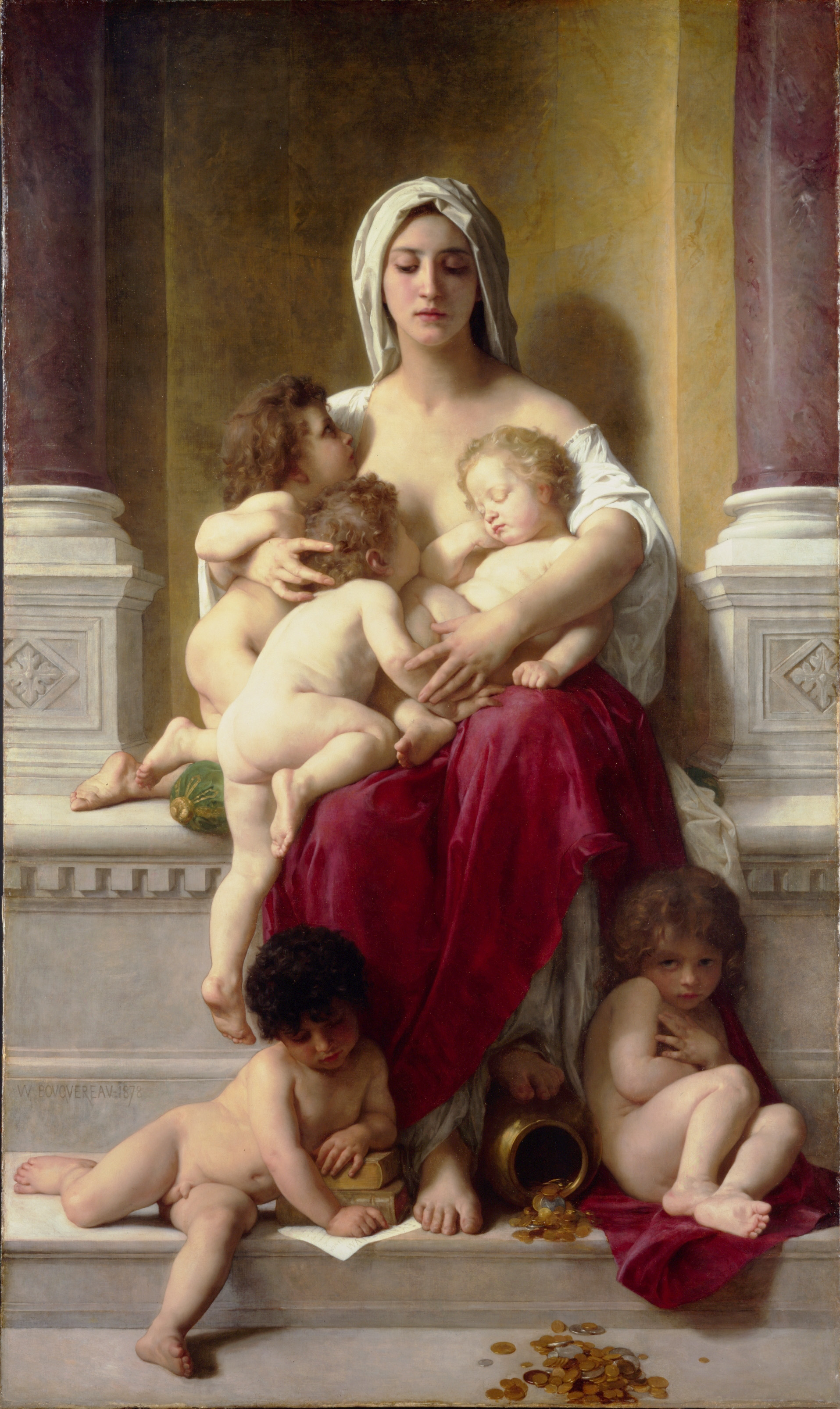
Happy Mother’s Day
Mother’s Day is a bit like Christmas time in terms of the mass solicitations sent out from various NGOs. To be honest, these are perhaps the only mass emails that I don’t mind. And I frankly agree with their general point: what better way to wish your own mother a Happy Mother’s Day than by…
-
Reading the Bibles: Why Translations Differ (Part 4)
This is the third of four categories explaining why translations differ. 3) How does the translator resolve ambiguities on the word-level? Hebrew writing did not indicate doubled letters (which are significant) or vowels until the 8th/9th century AD*, when Jews who had memorized the pronunciation of the traditional text came up with a system (three,…
